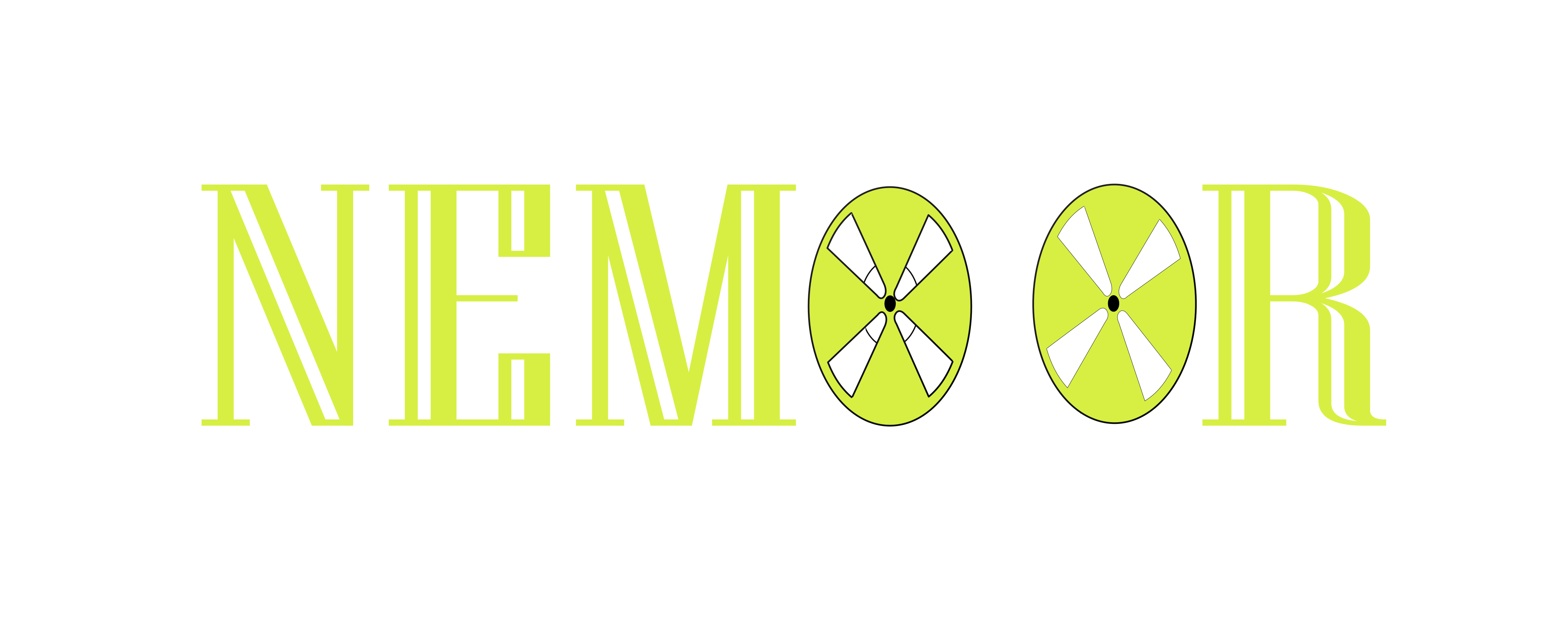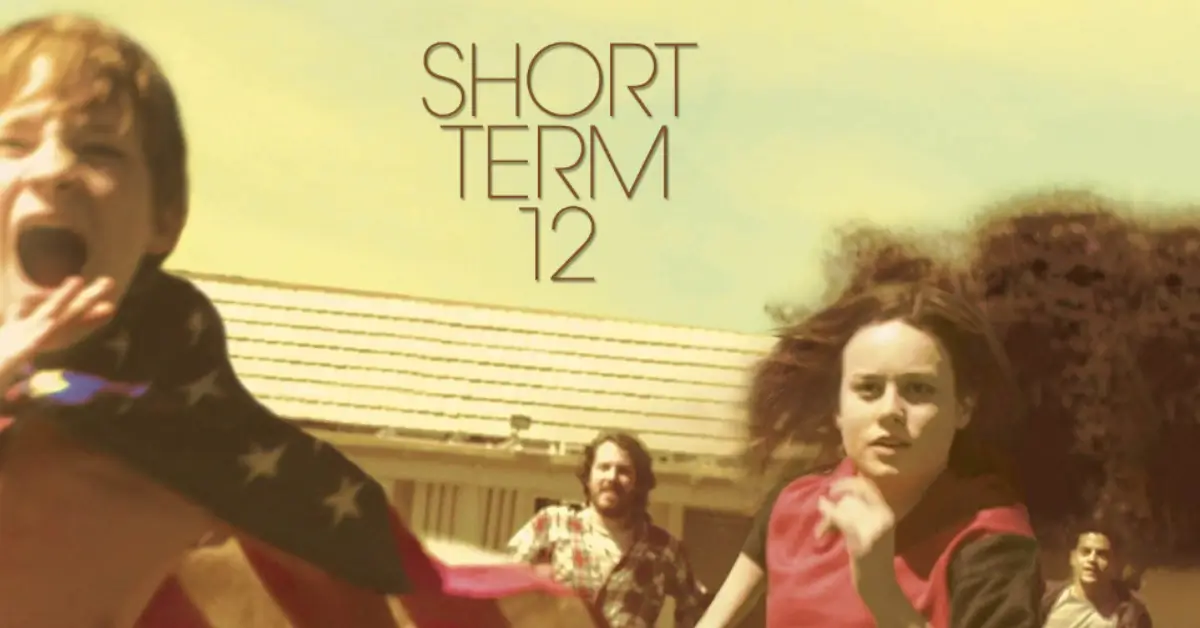Short Term 12: A Masterful Exploration of Trauma, Healing, and Mental Health in Foster Care
In the landscape of films depicting mental health challenges, few achieve the delicate balance of authenticity, compassion, and hope that characterizes Destin Daniel Cretton’s 2013 indie gem Short Term 12. This quietly powerful film offers one of cinema’s most nuanced portrayals of trauma, resilience, and the complex emotional terrain of both those experiencing mental health struggles and those dedicated to helping them heal.
Thank you for reading this post, don't forget to subscribe!Basic Film Information
Title: Short Term 12
Release Date: August 23, 2013
Director: Destin Daniel Cretton
Screenwriter: Destin Daniel Cretton (based on his own short film)
Main Cast:
- Brie Larson as Grace
- John Gallagher Jr. as Mason
- Kaitlyn Dever as Jayden
- Keith Stanfield (now LaKeith Stanfield) as Marcus
- Rami Malek as Nate
Genre: Drama
Awards: Grand Jury Prize and Audience Award at SXSW Film Festival
Runtime & Rating: 96 minutes, R
Plot Summary: Wounds and Windows
Short Term 12 centers on Grace (Brie Larson), a young supervisor at a residential facility for at-risk teenagers. While Grace demonstrates remarkable intuition and dedication in helping the troubled youth under her care, she struggles with her own unresolved trauma from childhood sexual abuse. The arrival of a new resident, Jayden (Kaitlyn Dever), whose history mirrors Grace’s own, forces Grace to confront her past as the boundaries between professional caregiver and wounded healer begin to blur.
The film’s narrative unfolds through interconnected stories of the facility’s residents particularly Marcus (LaKeith Stanfield), who faces imminent aging out of the system, and Jayden, whose self-harm and emotional volatility mask deeper wounds. Through these parallel journeys, the film explores how trauma manifests differently across individuals while highlighting the universal human need for safety, connection, and understanding.
Setting & Cinematic Techniques: Intimacy as Aesthetic
Short Term 12 employs several distinctive techniques that enhance its authentic portrayal of mental health:
Immersive Documentary-Style Cinematography
Cinematographer Brett Pawlak uses handheld camera work and natural lighting to create an immersive, documentary-like aesthetic. This approach avoids stylization that might aestheticize suffering, instead creating an intimate space where viewers can connect directly with characters’ emotional experiences. The camera often rests in close proximity to faces, particularly during moments of vulnerability, creating a sense of privileged access to the characters’ inner lives.
Visual Motifs of Containment and Release
The film employs recurring visual motifs related to containment and release fences, doorways, narrow hallways that reflect the psychological states of its characters. These architectural elements symbolize both the literal confinement of the facility and the emotional barriers the characters have constructed. When characters experience breakthrough moments, these often occur in visually open spaces, suggesting emotional liberation.
The Power of Creative Expression
Short Term 12 demonstrates how artistic expression functions as both diagnostic tool and healing mechanism. Marcus’s rap, Jayden’s illustrated story about an octopus and a shark, and Mason’s storytelling all serve as windows into internal states that characters cannot otherwise articulate. These creative moments provide some of the film’s most powerful insights into trauma’s psychological impact.
Mental Health Representation: Layers of Authenticity
Short Term 12 stands apart in its portrayal of mental health through several key strengths:
Trauma’s Complex Manifestations
The film depicts how childhood trauma manifests in diverse ways:
- Grace’s control issues and self-harm (cutting) represent attempts to manage overwhelming emotions and establish control over her body
- Jayden’s withdrawal and aggression serve as protective mechanisms against vulnerability
- Marcus’s oscillation between stoicism and explosive anger reflects the hypervigilance common in those who’ve experienced chronic instability
- Other residents’ behaviors (eating disorders, suicidal ideation) are presented not as plot devices but as authentic responses to adverse experiences
These varied manifestations avoid stereotyping mental health struggles while highlighting common underlying patterns in trauma responses.
The Cycle of Trauma and Healing
One of the film’s most insightful contributions is its exploration of how unresolved trauma affects caregiving relationships. Grace’s exceptional ability to connect with and understand her residents stems partly from her own experiences she recognizes in them what others might miss. Yet this same history threatens her stability when boundaries blur. This complex dynamic illustrates both the potential strength that can emerge from trauma and the ongoing vulnerability it creates.
Mental Health Professionals as Complex Humans
Unlike many films that portray mental health workers as either saintly saviors or detached bureaucrats, Short Term 12 presents its staff members as fully dimensional humans. They make mistakes, experience burnout, and struggle with their own issues while still providing meaningful support to their residents. This nuanced portrayal respects both the challenges and rewards of mental health work.
Strengths in Mental Health Portrayal
Avoidance of Diagnostic Labels
The film refreshingly avoids explicit diagnostic terminology, focusing instead on behaviors, emotions, and experiences. This approach prevents characters from being reduced to their diagnoses and acknowledges the complex interplay between trauma, environment, and individual psychology.
Recognition of Systemic Issues
While maintaining its intimate focus, Short Term 12 acknowledges the systemic challenges facing foster youth limited resources, aging out of care, bureaucratic constraints without becoming overwhelmed by these larger issues. This balanced approach situates individual mental health struggles within their broader social context.
Authentic Depiction of Self-Harm
The film’s handling of self-harm (particularly Grace’s cutting) avoids both exploitation and minimization. It portrays self-harm as a coping mechanism rather than attention-seeking behavior a crucial distinction often missed in media representations. When Grace cuts herself after a particularly triggering interaction, the camera remains respectful while still conveying the emotional reality of the moment.
Cultural Impact & Critical Reception
Upon its release, Short Term 12 received widespread critical acclaim, with particular praise for its authentic portrayal of residential care facilities and the mental health challenges facing foster youth. Many former foster youth and mental health professionals have highlighted the film’s rare accuracy in depicting both the institutional environment and the emotional experiences of those within it.
The film also launched several remarkable careers, including those of Brie Larson (who later won an Oscar for Room), LaKeith Stanfield, Rami Malek, and Kaitlyn Dever. Director Destin Daniel Cretton went on to direct major studio films, including Marvel’s Shang-Chi and the Legend of the Ten Rings.
What “Short Term 12” Gets Right About Mental Health
- Trauma Is Not Destiny: Through Mason’s backstory of foster care success and Grace’s journey toward healing, the film affirms that trauma need not determine one’s future.
- Recovery Is Non-Linear: Characters experience setbacks alongside breakthroughs, reflecting the realistic ebb and flow of mental health recovery.
- Connection as Medicine: The film powerfully illustrates how authentic human connection rather than clinical intervention alone often provides the most healing experiences.
- The Power of Being Seen: Many pivotal moments involve one character truly seeing another’s pain and responding with presence rather than solutions.
- Boundaries and Self-Care: Through Grace’s journey, the film addresses the essential but challenging practice of maintaining boundaries when working with trauma.
The Intersection of Personal and Professional
One of Short Term 12‘s most valuable contributions to mental health representation is its exploration of how personal history influences professional caregiving. The film suggests that wounds, when acknowledged and addressed, can become windows of empathy and understanding. Yet it also honestly portrays the risks when these boundaries blur.
This dynamic plays out most powerfully in Grace’s arc: her trauma history makes her exceptionally attuned to residents’ needs, yet also vulnerable to overidentification. When she takes action to protect Jayden breaking professional boundaries but fulfilling a deeper moral obligation the film presents this complexity without easy judgment.
Hope Without Sugarcoating
Perhaps most remarkably, Short Term 12 achieves a sense of genuine hope without minimizing the reality of trauma’s impact. The film’s conclusion offers tentative resolution rather than miraculous transformation. Grace begins addressing her past and embraces the possibility of creating a family with Mason, while acknowledging her ongoing healing journey. Similarly, the residents experience meaningful moments of connection and growth, even as their futures remain uncertain.
This balanced approach respects the lasting impact of trauma while affirming the possibility of resilience, connection, and incremental healing a far more authentic message than either despairing pessimism or unrealistic optimism.
Cultural Significance in Mental Health Representation
Short Term 12 holds special significance in the landscape of mental health films for several reasons:
- Representation of Underrepresented Populations: The film centers the experiences of foster youth a population whose mental health challenges are rarely depicted with such nuance in mainstream media.
- Diversity of Experience: Through its diverse cast and varied character journeys, the film illustrates how mental health challenges and trauma manifest across different demographic backgrounds.
- Focus on Resilience: While unflinching about trauma’s impact, the film ultimately emphasizes resilience, connection, and the human capacity for healing.
- Insider Perspective: Director Cretton’s own experience working in a similar facility grounds the film in lived reality rather than research or conjecture.
Conclusion: A Compassionate Landmark
Short Term 12 stands as a landmark film in mental health portrayal, demonstrating that authentic representation can coexist with compelling storytelling. By focusing on characters rather than diagnoses, recognizing the complex interplay between personal history and present functioning, and honoring both wounds and resilience, the film creates a deeply human portrait of trauma and healing.
For viewers with personal or professional experience with foster care, trauma, or mental health challenges, the film offers rare validation. For those without such direct experience, it provides an empathic window into these realities without exploitation or sentimentality. In either case, Short Term 12 accomplishes what the best mental health narratives can: it helps us better understand both others and ourselves.
Have you watched Short Term 12? What aspects of its mental health portrayal resonated most with you? Share your thoughts in the comments below.
If you or someone you know is struggling with self-harm or suicidal thoughts, please reach out for help. National Suicide Prevention Lifeline: 988 or 1-800-273-8255

